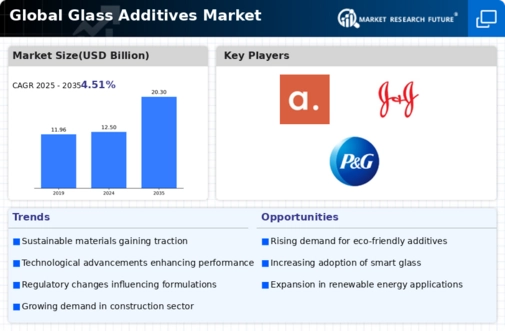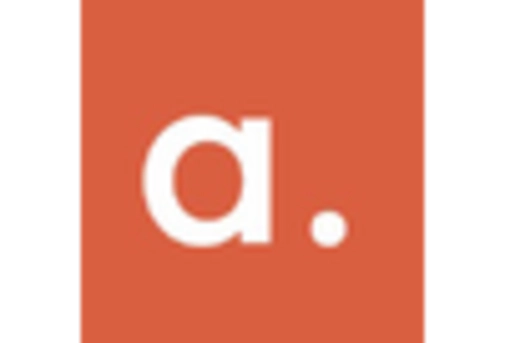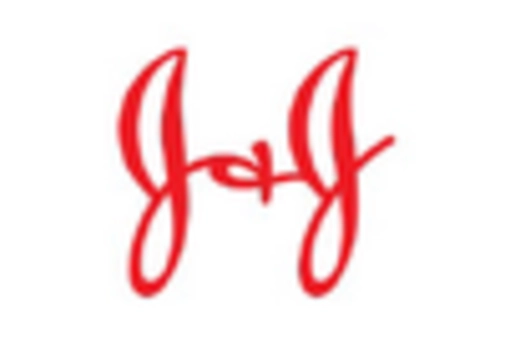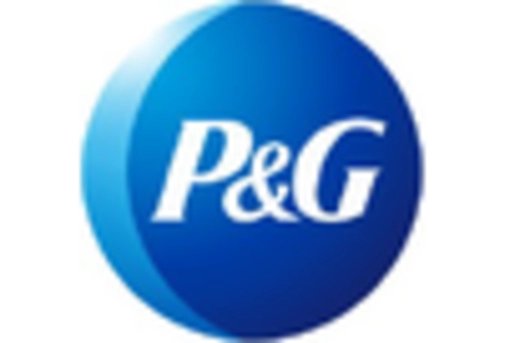Market Trends
Key Emerging Trends in the Glass Additives Market
The glass additives market is undergoing significant changes driven by various trends that are shaping its landscape and influencing industry dynamics. One key trend is the increasing demand for glass additives to enhance the performance and functionality of glass products across diverse applications. Glass additives such as colorants, clarifiers, and strengthening agents are being extensively used in the automotive, construction, electronics, and packaging industries to improve glass clarity, strength, and durability. As manufacturers and consumers seek higher quality and more innovative glass solutions, the demand for advanced glass additives continues to rise.
Moreover, there is a growing emphasis on sustainability and environmental consciousness in the glass industry, driving the adoption of eco-friendly additives and manufacturing processes. With increasing awareness of environmental issues and regulatory pressures to reduce carbon footprint, glass manufacturers are seeking sustainable alternatives to traditional additives. Eco-friendly additives derived from renewable sources and recycled materials are gaining popularity due to their lower environmental impact and compatibility with green manufacturing practices. This trend is expected to drive innovation and investment in sustainable glass additives, aligning with the industry's commitment to environmental stewardship.
Additionally, the glass additives market is experiencing a surge in demand for functional additives that impart specific properties to glass, such as UV resistance, scratch resistance, and anti-reflective coatings. With advancements in technology and material science, manufacturers are developing specialized additives that address the evolving needs of end-users across various industries. Functional additives play a crucial role in enhancing the performance and value of glass products, making them indispensable in applications such as automotive glazing, architectural glass, and electronic displays. This trend is driving growth and diversification in the glass additives market as companies strive to offer innovative solutions that differentiate their products in the marketplace.
Furthermore, the market is witnessing increased demand for glass additives in emerging economies with rapid urbanization and infrastructure development. Countries in regions such as Asia-Pacific and Latin America are experiencing robust economic growth, driving demand for glass additives in construction, automotive, and consumer electronics sectors. As these economies continue to expand, the demand for high-performance glass additives is expected to grow, presenting opportunities for market players to expand their presence and capitalize on new growth markets.
Moreover, the COVID-19 pandemic has had a significant impact on the glass additives market, leading to disruptions in supply chains and fluctuations in demand. While the pandemic initially resulted in reduced industrial activity and demand for glass additives, the gradual recovery of economies and resurgence in construction and manufacturing activities are driving market rebound. Industries are adapting to the new normal by implementing hygiene and safety protocols, accelerating digitalization initiatives, and investing in sustainable practices. This trend is expected to shape the future of the glass additives market as companies focus on building more resilient and agile supply chains to mitigate future disruptions.






Leave a Comment